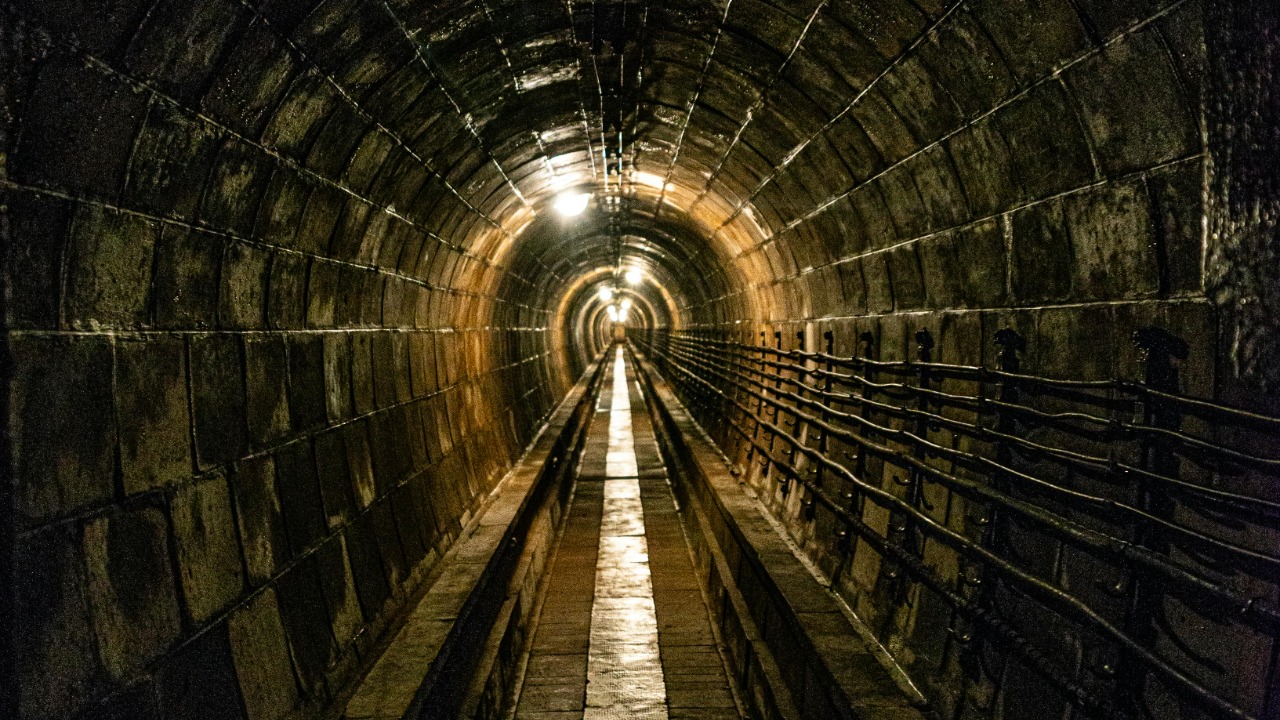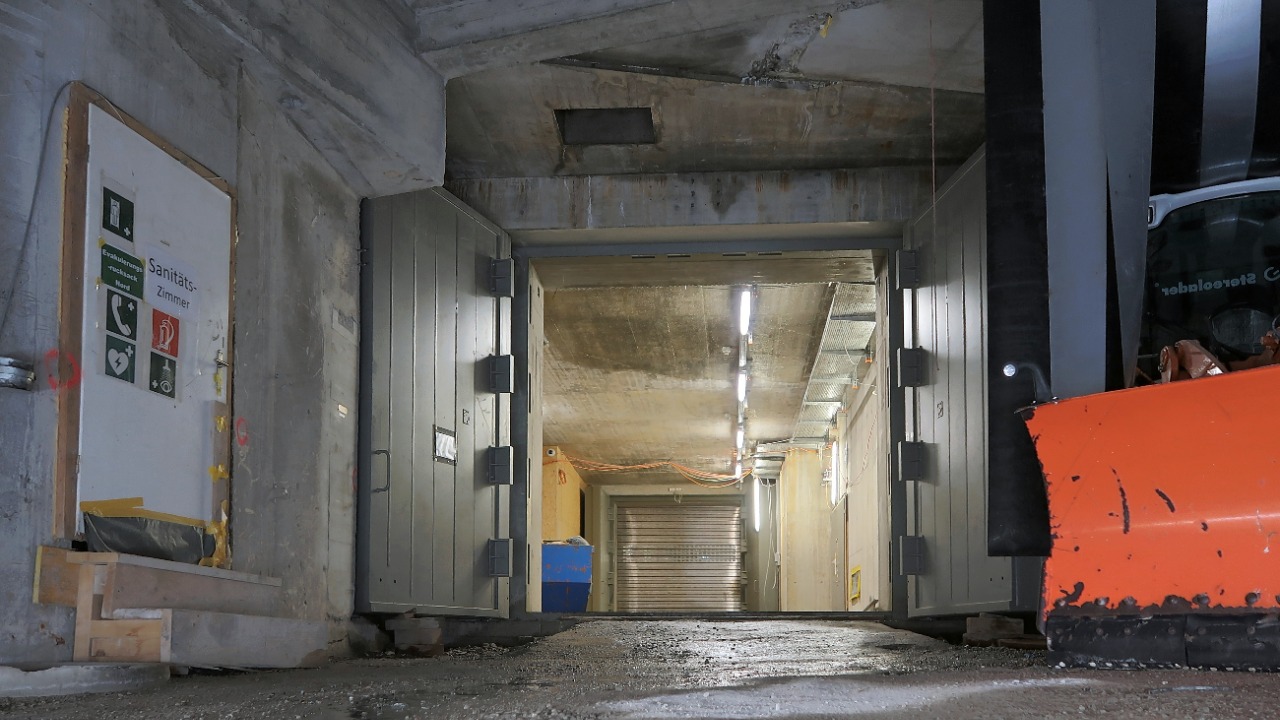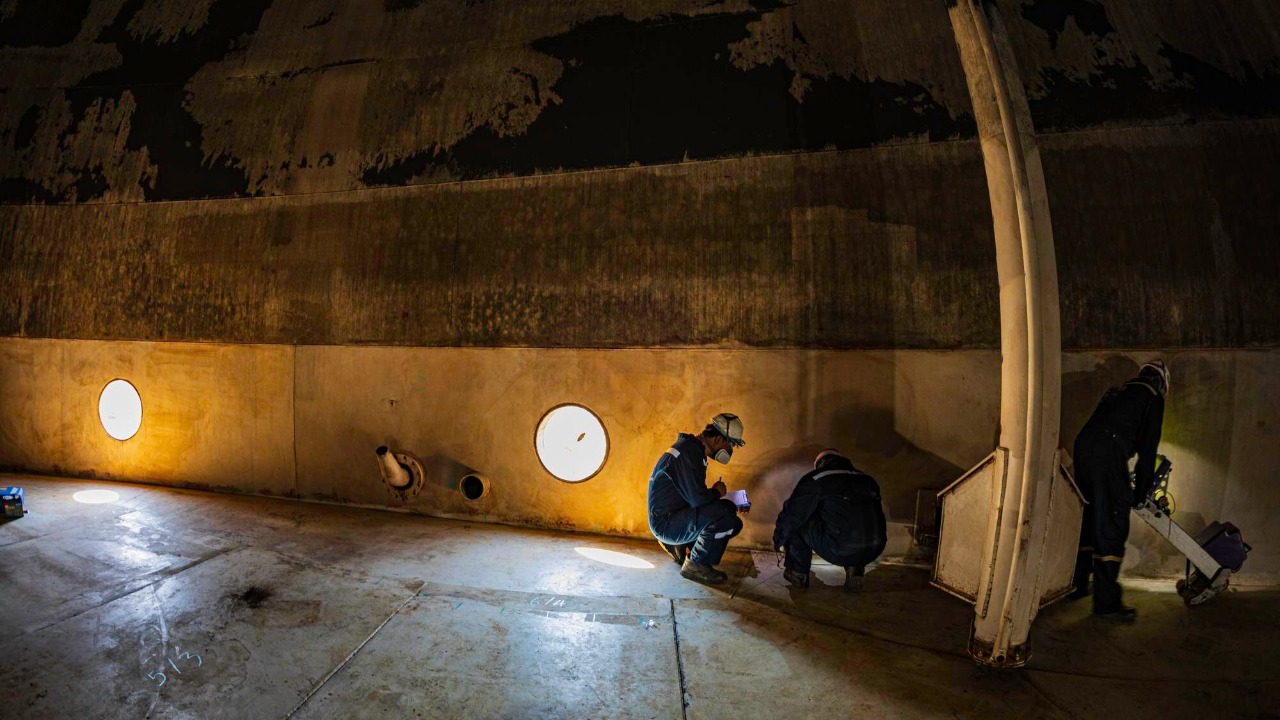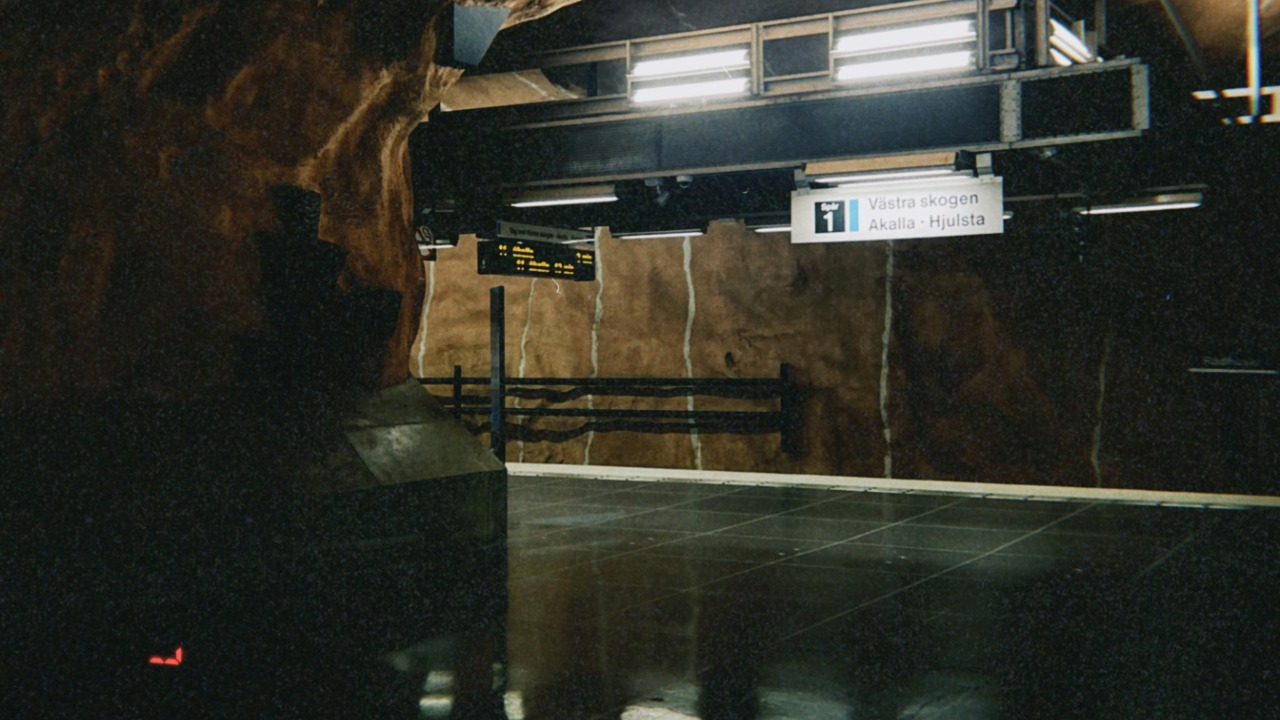
Beneath the surface of our everyday world lies a network of hidden sanctuaries designed for protection and survival: underground bunkers. Originally built during times of war and uncertainty, these bunkers now serve various purposes, from historical relics to luxurious retreats for the elite. The intriguing and often mysterious world of underground bunkers delves into their history, modern uses, and the allure that continues to captivate our imagination.
The Origins and History of Underground Bunkers

During World War II, bunkers were pivotal in providing refuge from air raids and bombings. Across Europe, these shelters allowed civilians and military personnel to survive the devastating bombings that targeted cities and infrastructure. Recently, a family in the UK stumbled upon a WWII bunker in their backyard, offering a tangible connection to the past and illustrating how these hidden relics continue to surface. Across the globe, similar discoveries remind us of the extensive network built during those tumultuous times.
The Cold War era saw a proliferation of bunkers designed to withstand nuclear attacks. These structures became a symbol of the geopolitical tension of the time, with fallout shelters integrated into civilian life as part of national defense strategies. Governments encouraged citizens to build personal shelters, leading to an era where the fear of nuclear warfare permeated daily life. The legacy of these Cold War shelters can still be seen today, as many have been repurposed or preserved as historical sites.
The concept of underground safe havens, however, is not exclusive to modern history. Ancient and medieval societies also utilized subterranean spaces for protection. From ancient catacombs to medieval castles with hidden escape tunnels, the idea of seeking refuge beneath the earth’s surface has deep historical roots. These early examples highlight the enduring human instinct to seek safety and security when faced with external threats.
Modern-Day Uses and Adaptations

In recent years, the rise of luxury billionaire bunkers has transformed the traditional image of underground shelters. Equipped with lavish amenities—such as swimming pools, cinemas, and wine cellars—these high-end bunkers cater to the ultra-wealthy, offering protection from modern threats like pandemics or civil unrest. Companies specializing in luxury bunker construction have seen a surge in demand, reflecting a growing desire for security combined with comfort.
Parallel to the luxury market, there exists a burgeoning community of doomsday preppers and survivalists who invest in bunkers as part of their strategy for self-sufficiency. These individuals prepare for various potential catastrophes, equipping their bunkers with food supplies, water filtration systems, and sustainable energy sources. The prepper movement has become a cultural phenomenon, with television shows and online communities dedicated to sharing tips and experiences.
Additionally, efforts to preserve historical bunkers as museums and educational sites have gained momentum. These preserved bunkers provide insights into past conflicts and survival strategies, serving as poignant reminders of the resilience required during times of war. Educational programs and guided tours allow visitors to engage with history in a tangible way, fostering a deeper understanding of the past.
The Architecture and Technology Behind Bunkers

The construction of bunkers involves significant engineering feats, requiring materials and designs that can withstand blasts and other extreme conditions. Architects and engineers utilize reinforced concrete and steel to ensure structural integrity, while innovative design techniques help maximize space and functionality. The complexity of bunker construction showcases the intersection of architectural ingenuity and practical necessity.
Modern bunkers are equipped with advanced security features that enhance their protective capabilities. Air filtration systems capable of removing contaminants, sophisticated surveillance technologies, and autonomous energy sources are common elements. These features ensure that bunkers remain viable and secure in the face of various threats, providing occupants with peace of mind.
However, building and maintaining bunkers come with challenges, including soil stability and water intrusion. Ensuring long-term habitability requires careful planning and regular maintenance. Addressing these subterranean challenges is crucial, as the effectiveness of a bunker hinges on its ability to remain a safe and livable environment over time.
The Psychological and Cultural Impact of Bunkers

The presence of bunkers evokes a range of psychological responses, from the comfort of security to the anxiety of impending doom. The balance between fear-driven construction and the reassurance of protection highlights the complex emotions associated with living in or near bunkers. For some, bunkers represent a necessary precaution, while others view them as a reminder of potential global threats.
Bunkers have also captured the imagination of popular culture, depicted in films, literature, and media as symbols of apocalypse and survival. This fascination reflects society’s ongoing interest in scenarios of disaster and resilience. Whether portrayed as dystopian refuges or futuristic sanctuaries, bunkers continue to inspire narratives that explore human endurance.
Serving as both communal shelters and isolated retreats, bunkers create unique social dynamics. Within these confined spaces, a sense of community can emerge, fostering cooperation and camaraderie. Conversely, the isolation inherent in bunker life can lead to feelings of seclusion and detachment. These dual roles highlight the psychological complexities of life below ground.
The Future of Underground Bunkers

Looking to the future, innovations in bunker design and sustainability are likely to shape the next generation of underground shelters. Emphasis on eco-friendly practices and sustainable materials will become increasingly important as environmental concerns grow. Future bunkers may incorporate green technologies, such as solar panels and geothermal energy, to reduce their ecological footprint.
Global political and environmental considerations will also influence the development of bunkers. As geopolitical tensions rise and climate change poses new threats, the demand for secure, reliable shelters may increase. Bunkers could become a necessary component of disaster preparedness strategies, particularly in regions vulnerable to natural disasters or political unrest.
The ethical and social implications of bunker construction raise important questions about access and inequality. As bunkers become more sophisticated and exclusive, the gap between those who can afford such protection and those who cannot may widen. Governments face the challenge of ensuring equitable access to safety measures, highlighting the responsibility to protect all citizens, not just the privileged few.